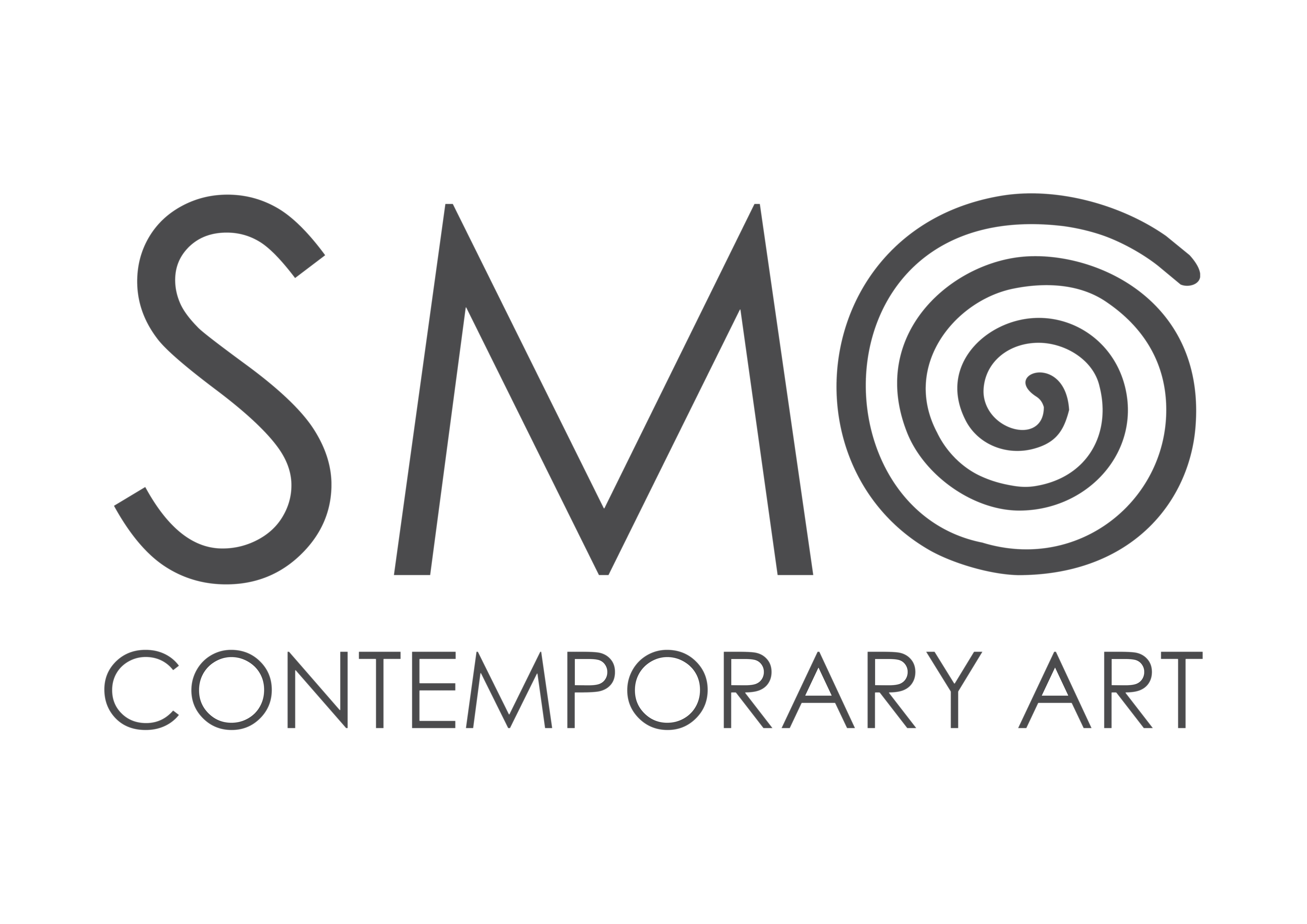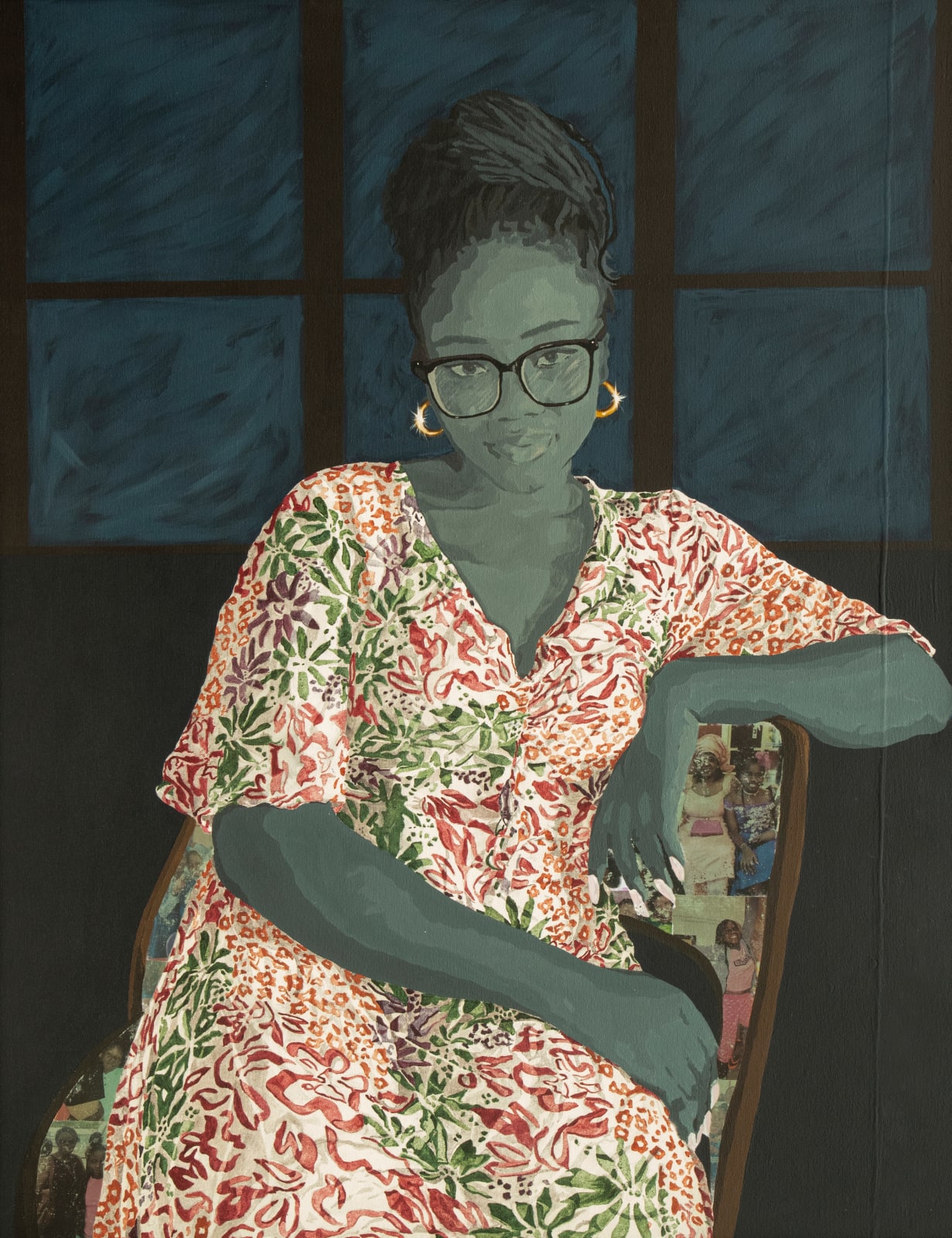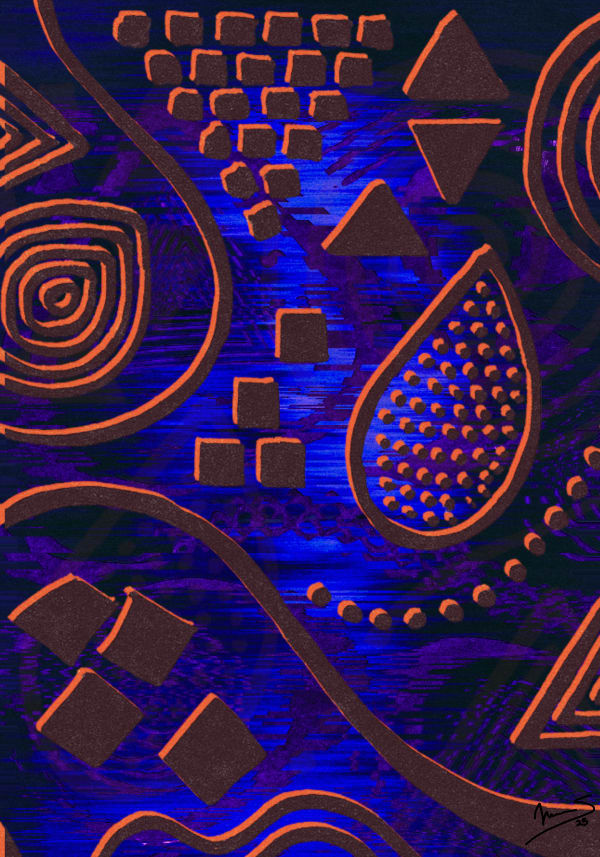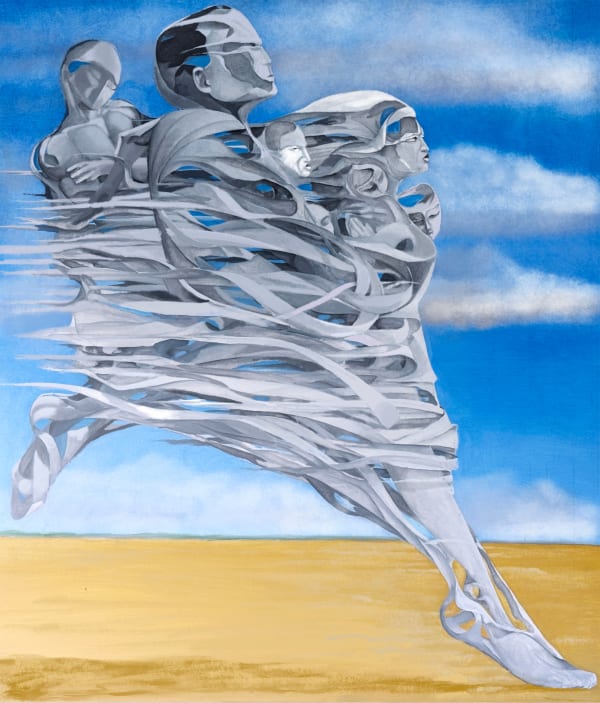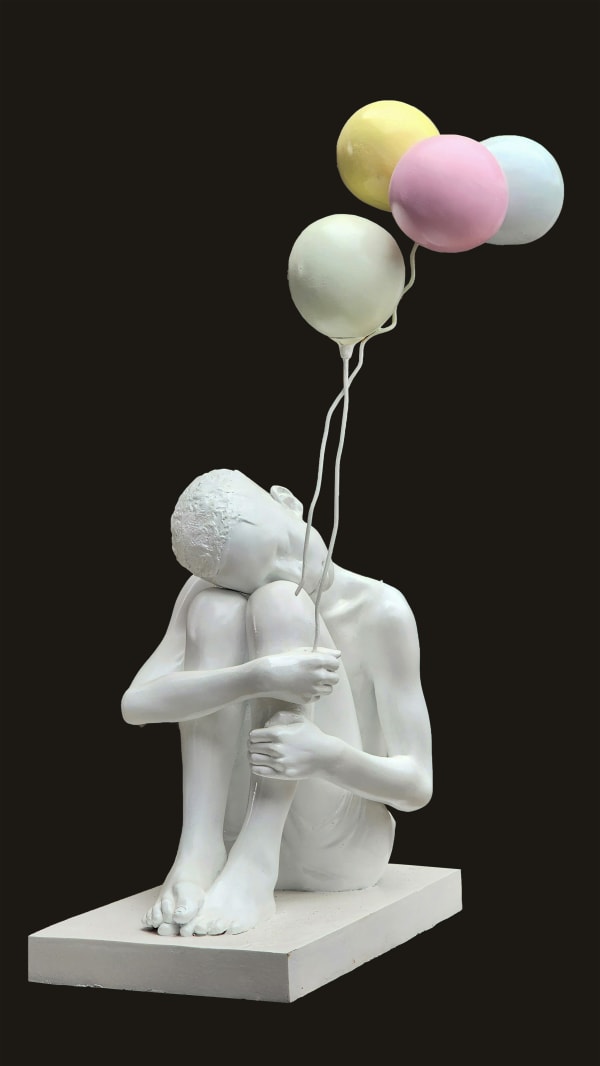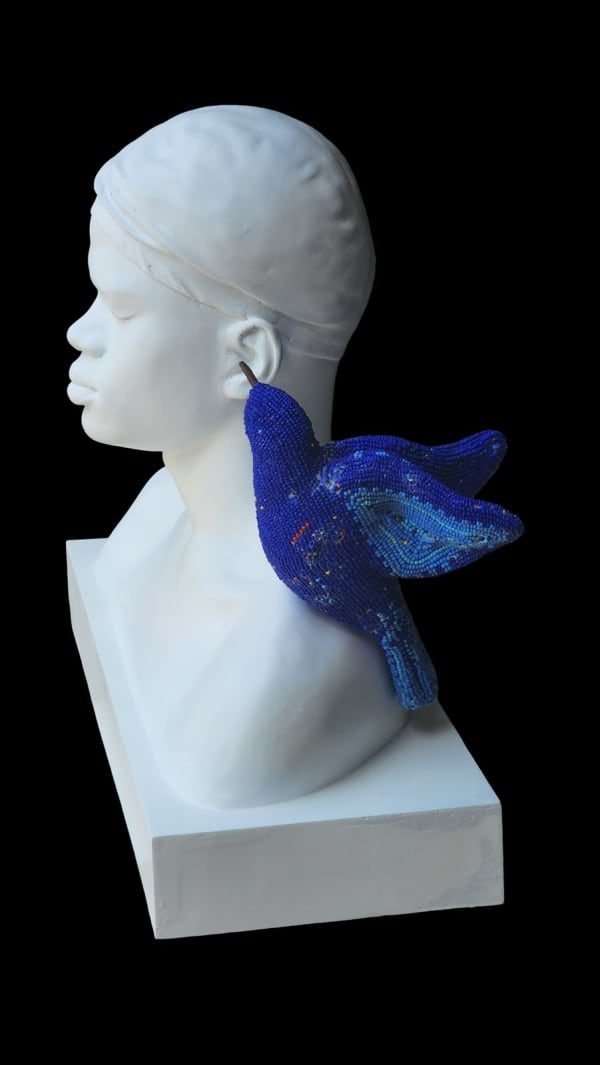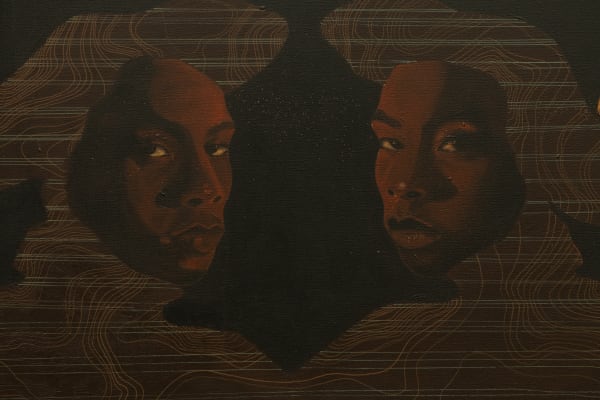REFLECTIONS ON TIME: Art X Lagos 2025

SMO Contemporary Art’s presentation for ART X Lagos 2025 brings together five artists: Victor Butler, Somi Nwandu, Manyaku Mashilo, Adeniyi Adewole, and Ofunne Azinge,whose practices expand the idea of time. Through painting, sculpture, photography, and mixed media, they create visual languages that negotiate time, identity, healing, and belonging. Each artist, in their own way, reimagines how time connects us: as history, as inheritance, as motion, and as renewal.
Victor Butler’s Heart Sensing series is a meditation on time, not as something to be measured, but as an infinite pulse that binds the past, present, and future. His works, such as Searching Scripture and The Last Minute, question how something so boundless can become so confined by our perception. Butler’s art listens before it
speaks, translating the unseen rhythm of existence into colour and illumination.
For Butler, to reflect on time is to loosen our grip on it, to recognize its boundlessness, and to allow its unseen rhythm to guide our sense of being. His use of oil on canvas mirrors the delicate balance between control and surrender, reminding us that the act of creation, like life thrives in the space between intention and chance South African artist Manyaku Mashilo reconfigures time as a spiritual continuum. Her layered portraits, drawn from family and community photographs, merge ancestral memory with the present. By painting the ordinary as sacred, she transforms archival
fragments into portals of continuity. In Mashilo’s world, reflection is a return, an act of walking between times, bridging what was and what will be.
Mashilo’s process of painting transforms archival moments into portals of continuity. Her figures move between times, ancestral and contemporary suggesting that spirituality is not about distance but access.
Somi Nwandu’s practice explores identity as a living, evolving process. Drawing from Uli, the Igbo women’s art of beautification and symbolism, she interprets it through abstraction and lenticular media to reflect the shifting nature of selfhood.
In Nwandu’s work, each shift of light or angle reveals a different truth, reminding us that identity, like time, is never static. It moves, refracts, and rebuilds itself endlessly. Reflection, for Nwandu, is an act of authorship, writing the self into continuity not by restoring the past, but by reanimating it for the present.
Adeniyi Adewole’s Let It Go series began from a fleeting, tender moment with his daughter; a balloon drifting into the sky, a lesson in release. What began as play became a lifelong metaphor for, resilience, and emotional healing. His fiberglass sculptures embody the duality of strength and fragility, translating personal reflection into universal resonance.
Rooted in Yoruba philosophies of balance and renewal, his work translates personal pain into universal reflection. Through Let It Go, Adewole transforms vulnerability into power. He reminds us that freedom often begins where control ends, that letting go is not surrender but liberation.
Ofunne Azinge transforms time into memory made visible. Through painting, image transfer, and photography, she gathers fragments of her past , childhood, family, womanhood and reconstructs them as living archives. Her portraits become acts of preservation and continuity, gestures that assert: we were here, we still are. For Azinge, reflecting on time is a way of holding love across distance, of turning nostalgia into presence. Her portraits of women, family, friends, and strangers are acts of preservation. Each photograph becomes an embrace, each canvas a reminder that to be seen is to exist.
Azinge’s art moves between nostalgia and joy, between grief and celebration. Her process is playful and intuitive she paints like she dances, with rhythm and release.
Together, these artists form a constellation of reflection and renewal: Butler teaches us to trust time, Nwandu teaches us to rewrite language. Mashilo teaches us to walk between worlds,
Adewole teaches us to release and heal, Azinge teaches us to remember with love.
Their works remind us that to reflect on time is not to resist its flow but to move with it, to recognize the quiet power of becoming, remembering, and imagining anew.
“Reflections on Time” is a collective meditation on endurance and transformation; a celebration of the artists who continue to dream, to listen, and to build.
-
 Somi Nwandu, The Quiet Audacity of Icho Mma, 2025
Somi Nwandu, The Quiet Audacity of Icho Mma, 2025 -

-
 Somi Nwandu, The Soft Architecture of Nsogbu, 2025
Somi Nwandu, The Soft Architecture of Nsogbu, 2025 -

-

-

-
 Manyaku Mashilo, Silhouettes Inside a Dream III, 2025
Manyaku Mashilo, Silhouettes Inside a Dream III, 2025 -

-
 Ofunne Azinge, My Sister Daniella, 2025
Ofunne Azinge, My Sister Daniella, 2025 -

-
 Victor Butler, Searching Scripture, 2025
Victor Butler, Searching Scripture, 2025 -
 Adeniyi Adewole, Boy with Balloon, 2025
Adeniyi Adewole, Boy with Balloon, 2025 -
 Adeniyi Adewole, Float Embrace, 2025
Adeniyi Adewole, Float Embrace, 2025 -
 Adeniyi Adewole, Gentle Whisper, 2025
Adeniyi Adewole, Gentle Whisper, 2025 -
 Adeniyi Adewole, Seeds of Dreamer, 2025
Adeniyi Adewole, Seeds of Dreamer, 2025
